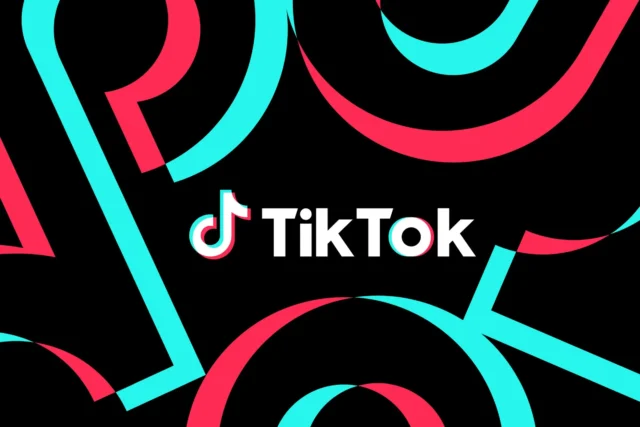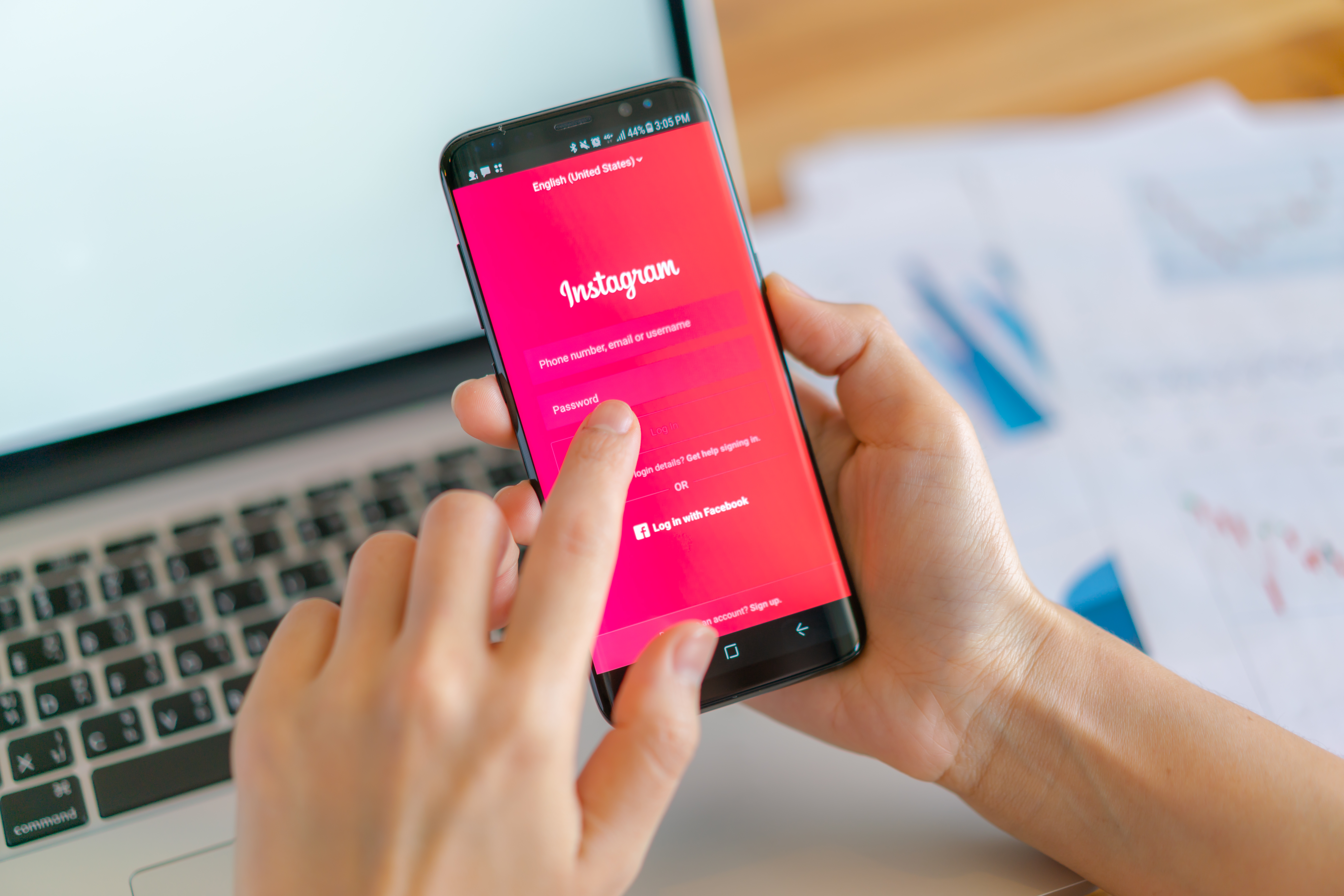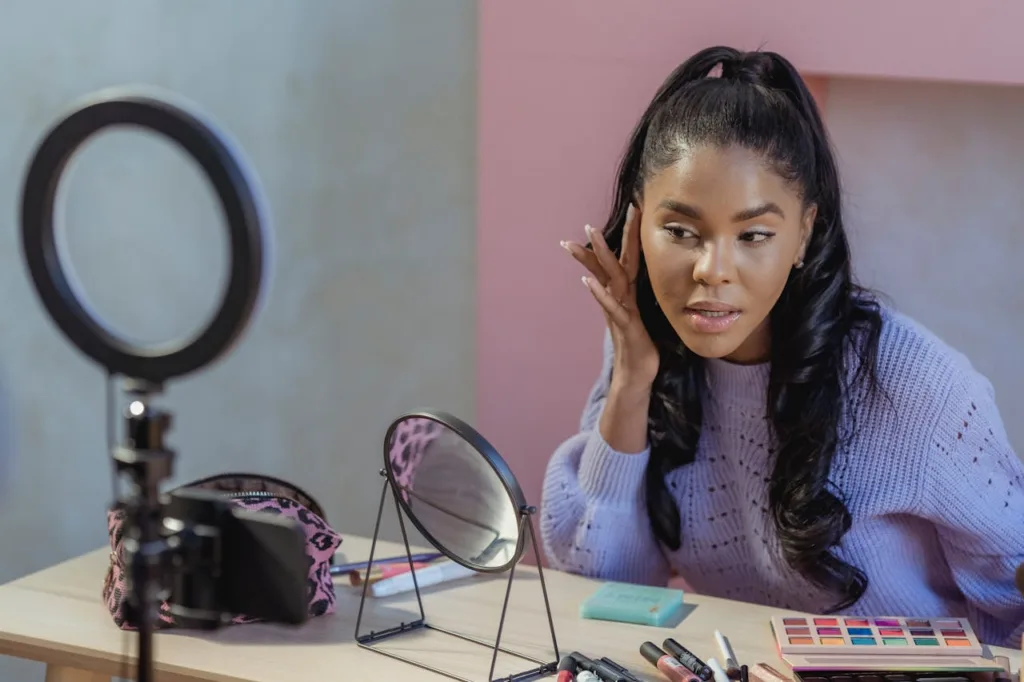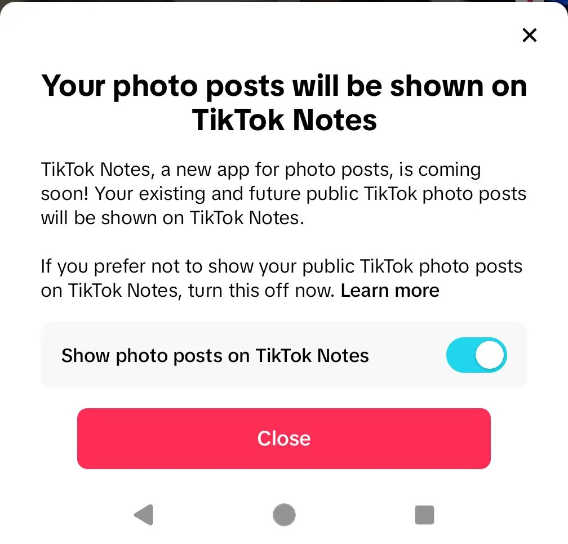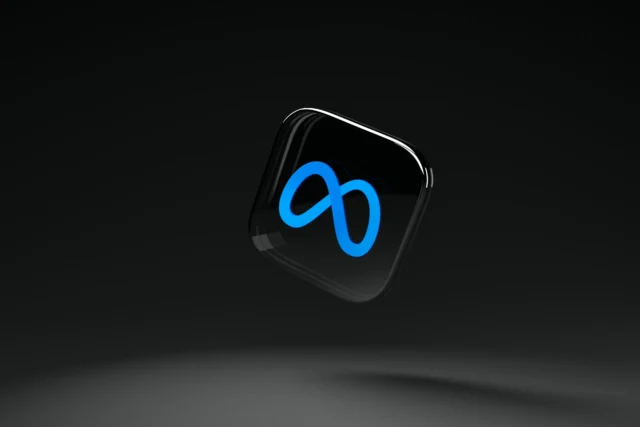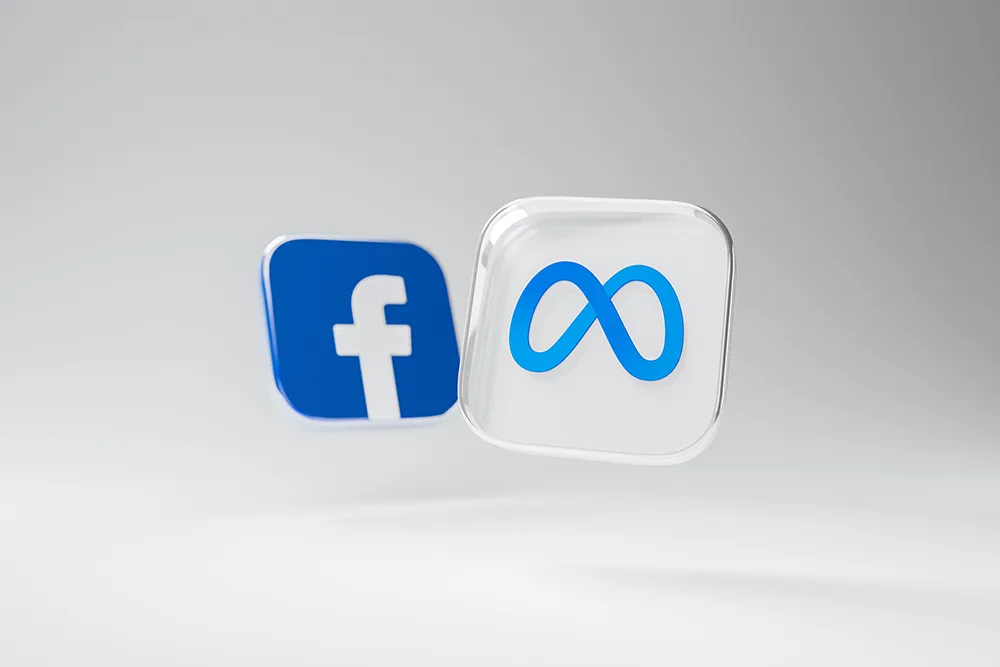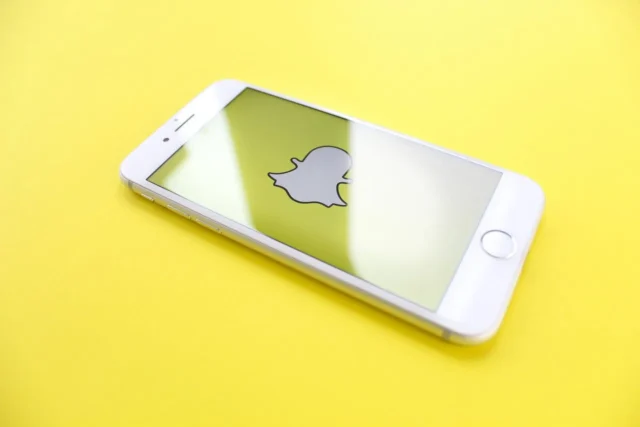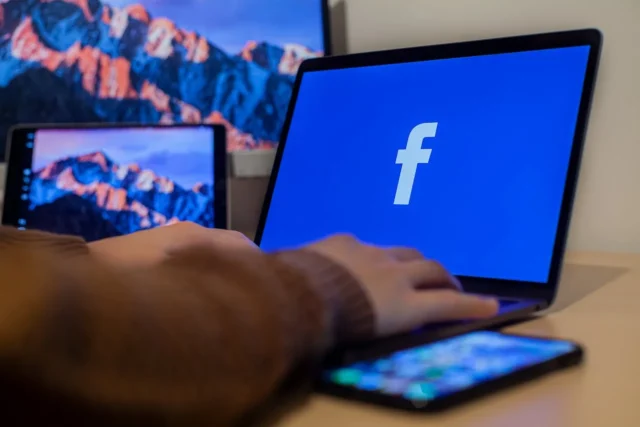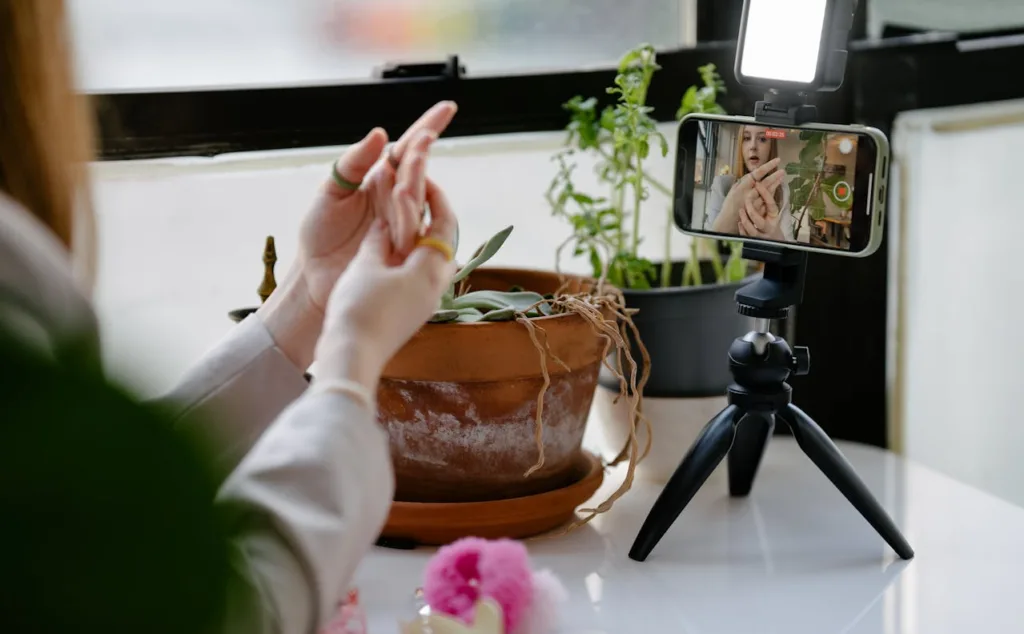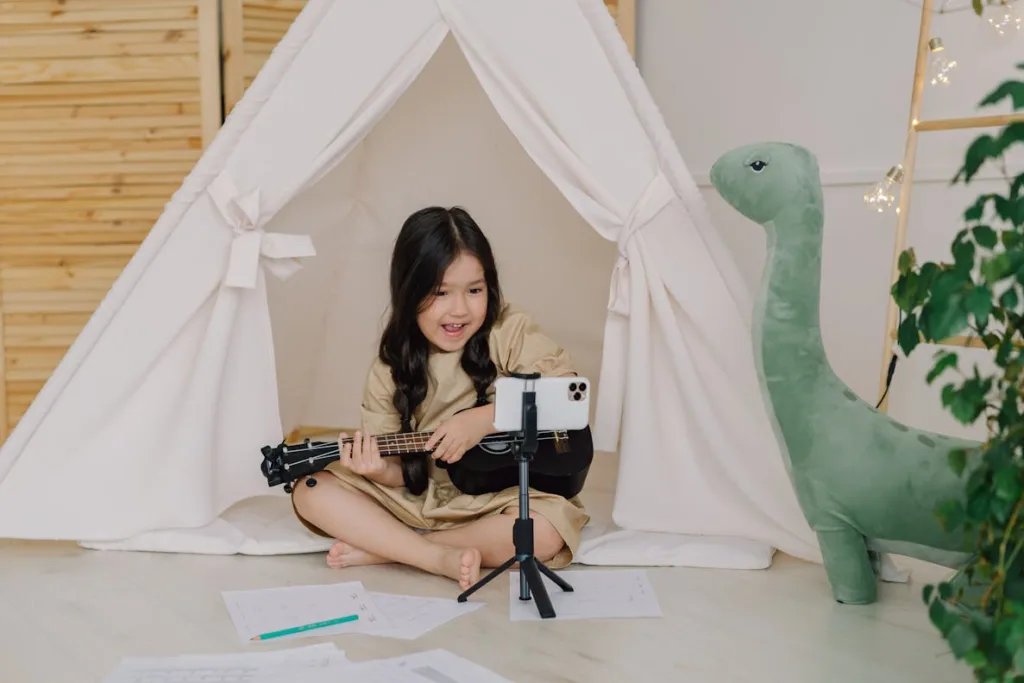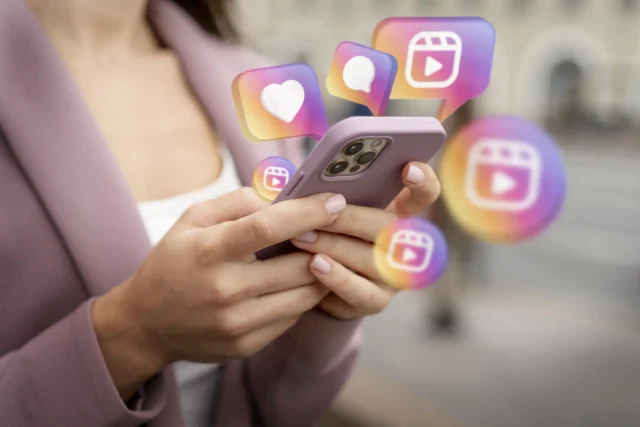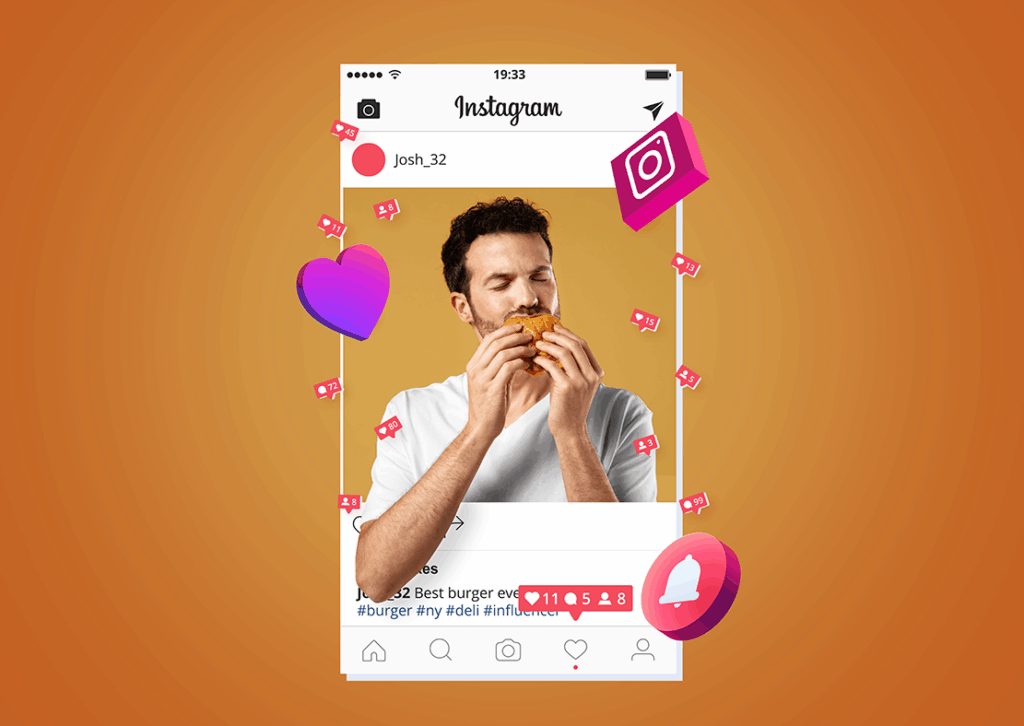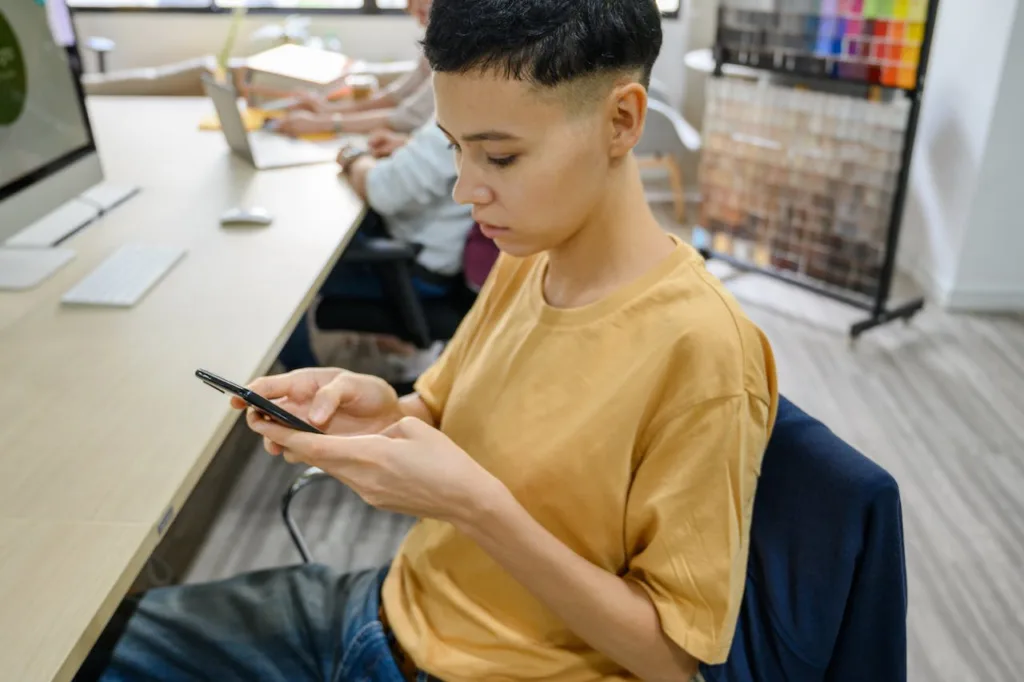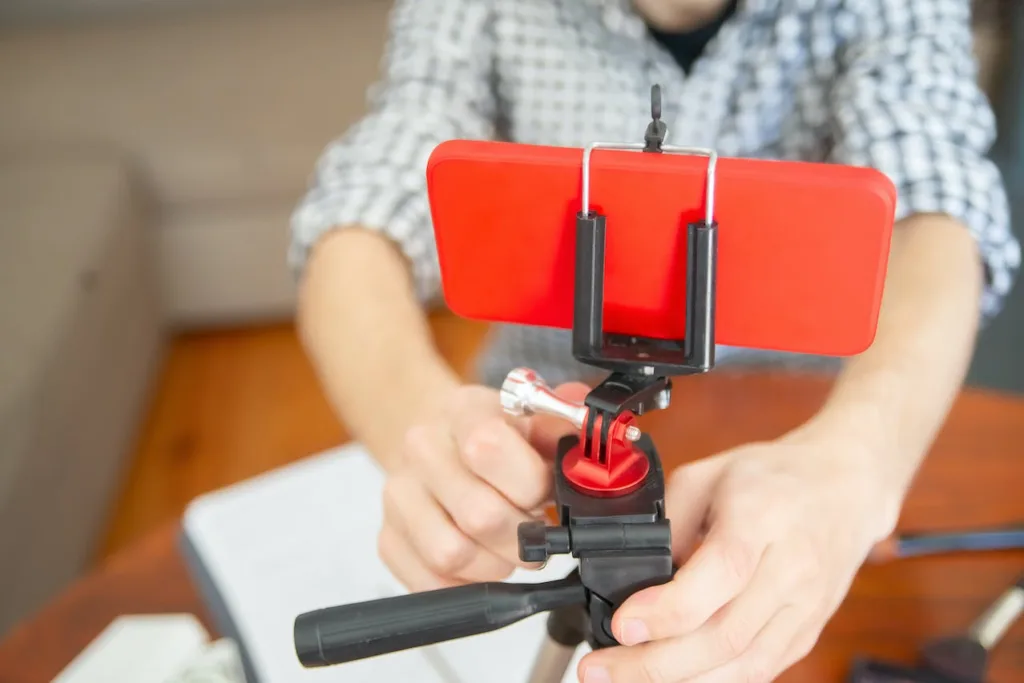Revolutionizing Brand Suitability: TikTok’s Three Innovative Controls
In the dynamic world of digital advertising, staying true to brand values while ensuring optimal ad placement can be challenging. TikTok, a global leader in short-form video entertainment, is pioneering new standards with the introduction of three innovative controls designed to empower advertisers: Category Exclusion, Vertical Sensitivity, and a centralized Brand Safety Hub.
These tools are tailored to enhance brand suitability strategies, offering advertisers customizable solutions that maintain alignment with their brand’s core values and target audience.TikTok’s journey towards enhancing brand safety is driven by a commitment to create a safe, positive environment where users can authentically express themselves and brands can thrive.

With the rollout of new features like Category Exclusion and Vertical Sensitivity controls and the integration of these functions into a new unified Brand Safety Hub within TikTok Ads Manager (TTAM), advertisers are equipped with advanced tools to refine where their ads are displayed on the For You feed, ensuring a higher standard of brand protection.
TikTok’s Commitment to a Positive Environment
At its core, TikTok prioritizes creating a safe, engaging platform that fosters genuine expression, which in turn, benefits advertisers by providing a brand-safe environment.
“Our highest priority is the well-being of our community which naturally translates into a positive space for brands,” says Blake Chandlee, President of Global Business Solutions at TikTok.
This approach not only supports user engagement but also enhances advertisers’ confidence in where their ads are placed.
Overview of Brand Safety Innovations at TikTok
Since the launch of the TikTok Inventory Filter in July 2022, TikTok has set a high bar for digital advertising safety. The filter allows advertisers to choose from three inventory tiers Expanded, Standard, or Limited based on content sensitivity, ensuring ads are shown next to appropriate content.
Today, TikTok builds on this foundation with even more nuanced controls that cater to specific advertiser needs.
Category Exclusion
Category Exclusion lets advertisers opt out of placing ads next to content within certain categories that may not resonate with their brand image, such as Gambling & Lotteries, Violent Video Games, Combat Sports, and Youth Content.
This feature is crucial for brands that aim to maintain consistency in messaging across different audiences and contexts.
Jordan Dennis, SVP at Gallery Media Group, remarks, “Category Exclusion has transformed how we align our ads with our brand values, providing us the flexibility to block categories that contradict our positioning.”
Understanding Vertical Sensitivity Controls
Vertical Sensitivity offers an additional layer of customization, allowing brands to exclude ads from appearing next to content related to specific industries or themes that don’t align with their brand ethos.
For instance, a travel brand might avoid content related to natural disasters, which could detract from the positive imagery associated with vacationing. This control empowers advertisers to fine-tune their ad placements further, enhancing brand alignment and message coherence.
The Unified Brand Safety Hub
The introduction of the Brand Safety Hub within TTAM centralizes all brand safety and suitability controls, simplifying the management of ad placements for advertisers. This hub ensures that settings are consistently applied across campaigns, saving time and reducing complexity.
“The Brand Safety Hub is a game-changer, streamlining how we manage our brand safety settings with ease and efficiency,” adds Amanda Owens, Social Media Strategy Manager at Hill’s Pet Nutrition.
Insights from Industry Leaders
Feedback from industry leaders and early testers of these new controls has been overwhelmingly positive. The integration of third-party measurement partners, such as DoubleVerify, Integral Ad Science, and Zefr, provides additional assurance of the effectiveness of these controls, with success rates averaging 98.6%.
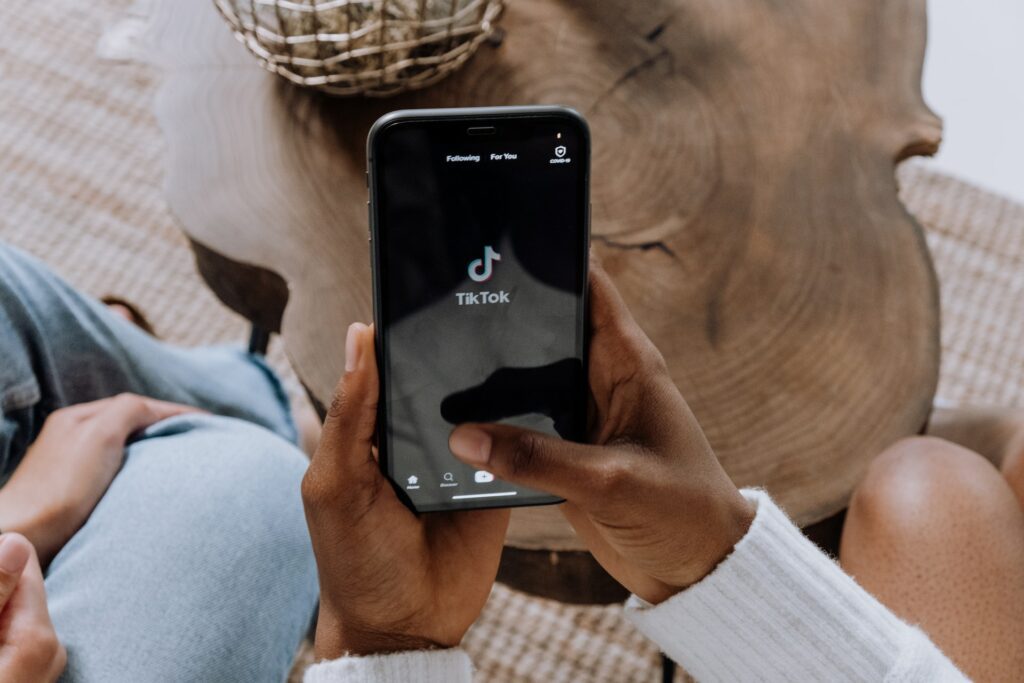
TikTok continues to innovate in the realm of brand safety, with ongoing enhancements and new tools on the horizon.
“Our mission is to evolve continually and provide our advertisers with the tools they need to succeed in a dynamic market,” states Chandlee.
To effectively use these new controls, advertisers should start by defining their brand safety preferences in the Brand Safety Hub, select appropriate categories and verticals for exclusion, and consult with TikTok’s support team to optimize their settings.
TikTok’s innovations in brand suitability mark a significant step forward in empowering advertisers with the tools they need to ensure their ads align perfectly with their brand ethos and audience expectations. By leveraging these controls, brands can navigate the complex landscape of digital advertising with greater confidence and precision.


